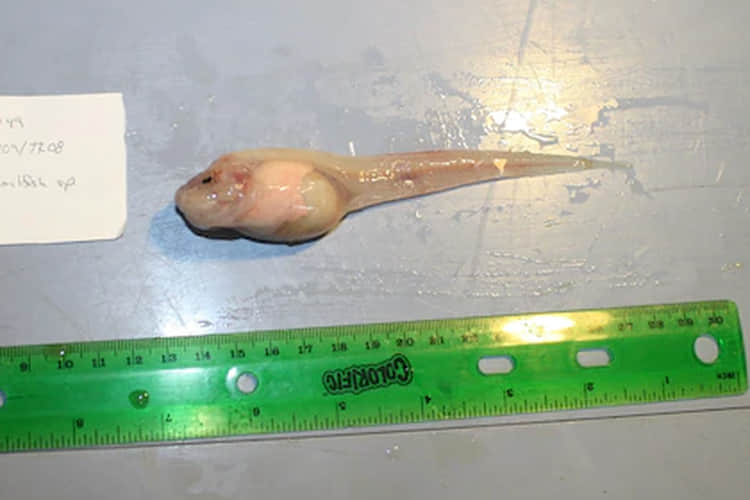Alpacas, with their gentle disposition and luxurious fleece, have captured the hearts of many animal enthusiasts around the world. These endearing creatures are not only prized for their valuable wool but also for their remarkable ability to give birth to adorable crias (baby alpacas). In this comprehensive guide, we will delve into the intricate process of alpacas giving birth. From the signs of impending labor to the aftercare of the newborn, join us on a journey through the miracle of life in the alpaca world.

The Miracle Unfolds: The Process of Alpacas Giving Birth
Understanding the Alpaca Reproductive Cycle
Before diving into the birthing process, it is essential to grasp the fundamentals of the alpaca reproductive cycle. Alpacas, like many mammals, undergo an estrous cycle, commonly known as the heat cycle. This cycle typically lasts 14 to 21 days, during which the female alpaca, also known as a dam, is receptive to mating. Understanding the timing of this cycle is crucial for successful breeding and the eventual arrival of a cria.

Recognizing the Signs of Impending Labor
As the gestation period of an alpaca lasts approximately 335 days, it is essential to closely monitor the dam for signs of impending labor. By paying attention to subtle changes in behavior and physical appearance, we can anticipate when the birthing process is about to commence. Common signs include restlessness, frequent lying down and standing up, vulva swelling, and a wax-like substance forming on the teats. These indicators serve as valuable cues for alpaca owners to prepare for the imminent arrival of a cria.

Preparing for the Birth: Creating a Safe and Comfortable Environment
Alpacas, being instinctively cautious animals, prefer to give birth in a secure and peaceful setting. It is crucial to provide them with a clean and well-maintained birthing area, commonly referred to as a birthing pen. This enclosed space should be adequately sized to allow the dam freedom of movement while ensuring the cria’s safety. Soft bedding, such as clean straw or wood shavings, should be provided for added comfort. Additionally, ensure that the area is well-lit and easily accessible for both the dam and the owner.

The Stages of Alpaca Labor
The labor process in alpacas can be divided into three stages: Stage 1 (Cervical Dilation), Stage 2 (Delivery of the Cria), and Stage 3 (Delivery of the Placenta).
Stage 1: Cervical Dilation
During this initial stage, the dam’s cervix begins to dilate, allowing the cria to pass through the birth canal. The dam may exhibit signs of discomfort, including restlessness, frequent urination, and abdominal contractions. The length of Stage 1 can vary, but it typically lasts around 2 to 6 hours. This stage is crucial in preparing the dam’s body for the safe delivery of the cria.

Stage 2: Delivery of the Cria
The second stage marks the exciting moment when the cria is born. It is essential to observe the dam from a respectful distance to avoid causing unnecessary stress. The cria should emerge within the amniotic sac, also known as the water bag, which the dam will instinctively break open.






